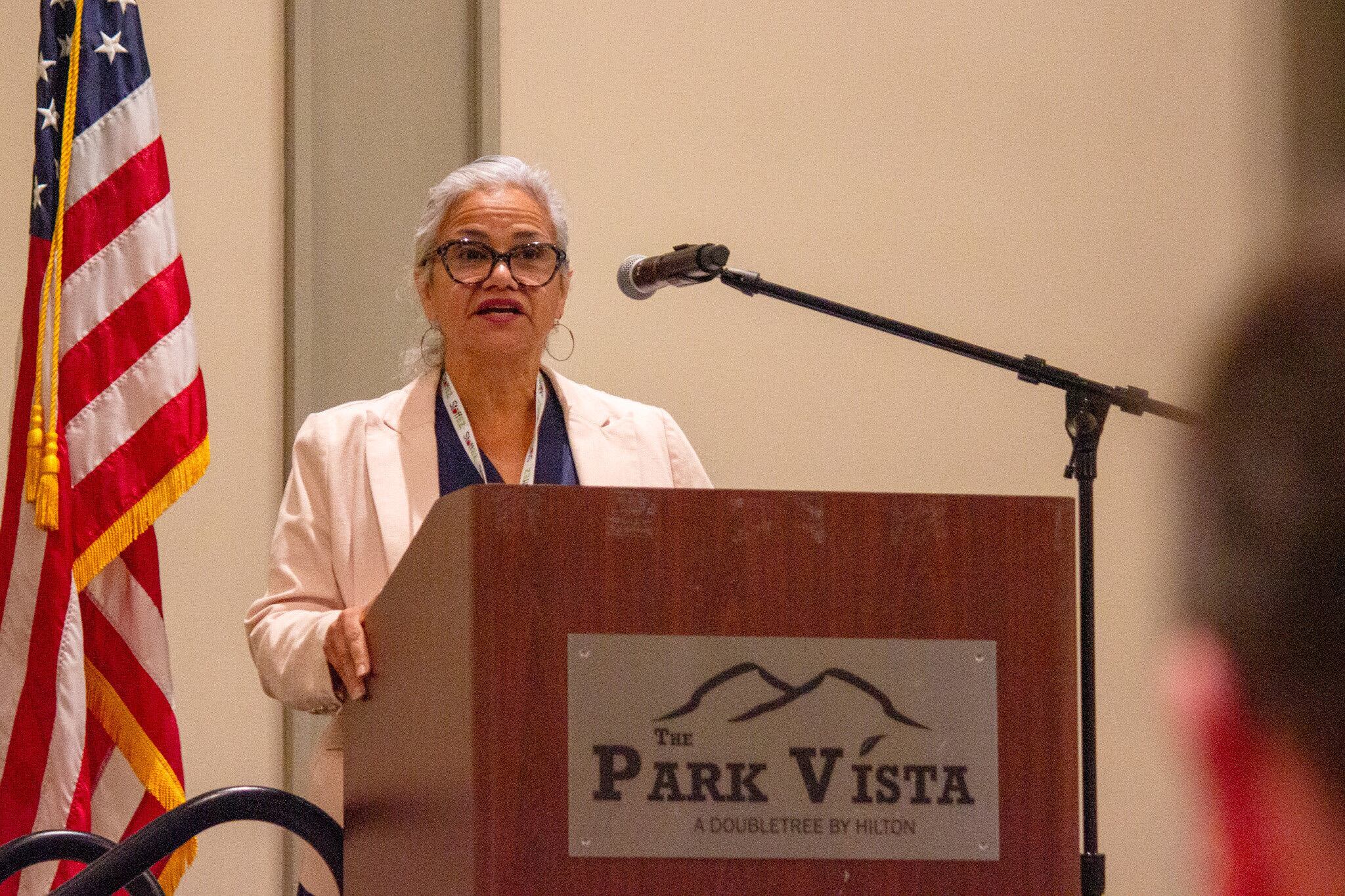After months of asking Tennesseans how the state should judge its public schools when giving them their first A-F letter grades, Education Commissioner Lizzette Reynolds mostly ignored the feedback.
In her first major initiative since taking the helm of the state education department in July, Reynolds chose a school grading system that elevates the importance of proficiency — whether students are meeting certain academic standards on state tests — over the progress that schools make toward meeting those standards over the course of a year.
Her plan, unveiled on Thursday, will mark a sharp change of course for Tennessee, considered a pioneer in emphasizing growth measurements to assess its students, teachers, and schools.
It’s also significantly different from what Tennesseans have asked state officials for since Reynolds announced in August that an overhaul in the state’s grading system was coming. The overwhelming feedback at 10 town halls, meetings with stakeholders, and in nearly 300 public comments was for keeping the calculation focused on growth, as it has been the last five years.
Reynolds’ plan is similar to the model backed by ExcelinEd, the education advocacy group founded by former Florida Gov. Jeb Bush and where Reynolds previously served as policy director.
It will still include improvement as a factor, as required by a 2016 Tennessee law, but achievement will get more weight than under the original formula — and there won’t be a way for schools to meet the achievement criteria by meeting certain improvement goals, according to a presentation to the state Board of Education.
“This version is recalibrating that balance point and is going to say more about where the kids are in those schools right now,” said David Laird, assistant commissioner of assessment and accountability in the education department. “It is less of a referendum on maybe what the school’s impact has been, but it’s more clearly articulating their challenges right now.”
The department also announced that the grades will be released in mid-December, a month later than previously planned. State officials say they need more time to verify data going into the grades.
This is the first time the state will issue its letter grades since the 2016 law requiring them took effect. Previous attempts were called off because of testing glitches and the pandemic.
There are several other changes to the calculation.
The formula will factor in test scores for science and social studies, although not as much as for math and English language arts, which were the focus of the original model.
Gone is data related to chronic absenteeism. A new factor will be how well schools are helping their lowest-performing quartile of students to improve. For high schools, college and career readiness will be included, based on measures such as ACT scores, postsecondary credits, or industry credentials.
The debate about growth vs. proficiency was the biggest concern for school leaders who have been waiting and planning for grades for five years.
Focusing on proficiency likely will mean fewer A’s and generally worse grades than expected for many schools, especially those serving students from lower-income families in rural and urban communities.
Beyond the stigma of getting a D or an F, officials representing those schools eventually may face hearings before the state Board of Education or audits of their spending and academic programming.
Several board members worried that teachers could flee schools graded D or F, exacerbating the challenges faced by schools in high-poverty areas, where students face extra challenges before they even walk into a classroom.
“It’s a struggle for me to think about saying everyone should pull themselves up by their bootstraps, when some folks have a closet full of boots, and some have none,” said Darrell Cobbins, who represents Memphis on the board.
Many education advocates worried the state could return to an era when schools with many affluent students coasted to the top ratings, while doing little to show they were helping students improve. Meanwhile, schools in high-poverty areas will have little chance to earn an A or B, they told Chalkbeat.
“Measuring only absolute proficiency for 50% of a school’s grade will most certainly disadvantage our highest poverty schools,” said Erin O’Hara Block, a school board member for Metropolitan Nashville Public Schools, who served on the working group giving input to the state.
“I’m not sure what this system is supposed to motivate for schools, nor how it will truly inform parents on differences in what various schools can offer to their children,” she said.
Reynolds said the letter grades are a tool to provide families and school communities with information they can use to make decisions, not necessarily to incentivize schools to improve.
“We want to tell the truth about whether or not our kids are actually achieving,” she said.
But Gini Pupo-Walker, director of the Education Trust in Tennessee, is hopeful the grades will somehow be tied to extra resources to help struggling schools.
“We look forward to learning more about how the state plans to support schools that receive D’s and F’s,” she said, “and ensure schools are paying attention to the success of all students.”
Marta Aldrich is a senior correspondent and covers the statehouse for Chalkbeat Tennessee. Contact her at maldrich@chalkbeat.org.







